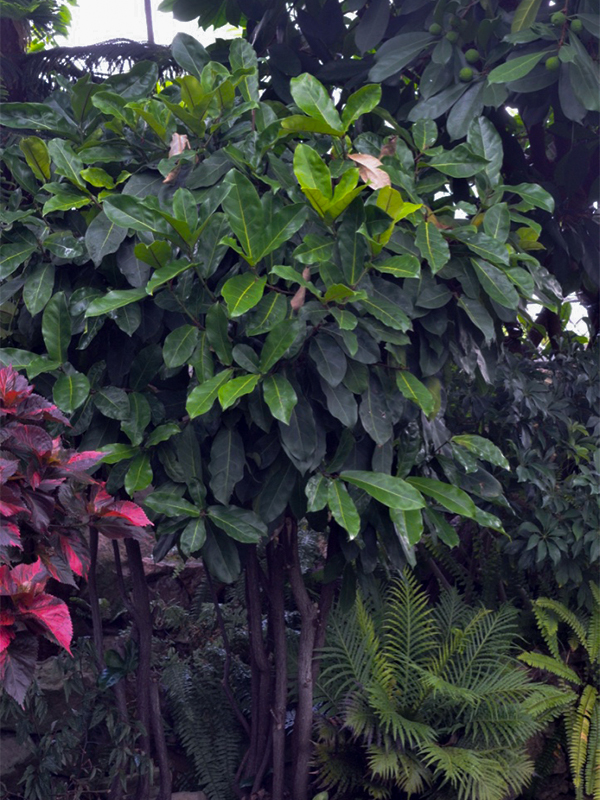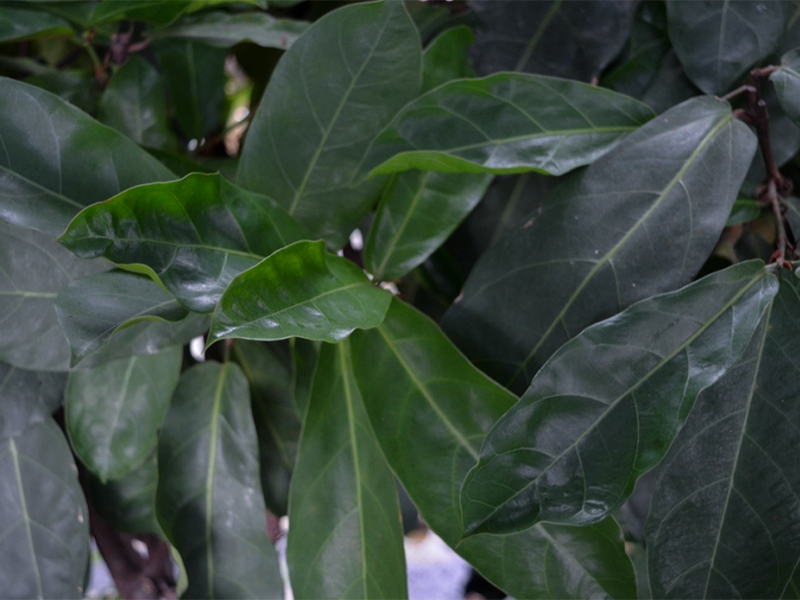Ficus lutea (Giant-Leaved Fig, Dahomey Rubber Tree)
Botanical Information
| Family | Moraceae |
| Genus | Ficus |
| Species | lutea |
| Synonyms | Ficus akaie, Ficus apodocephala, Ficus arimensis, Ficus baronii, Ficus holstii, Ficus incognita, Ficus kaba, Ficus lanigera, Ficus nautarum, Ficus nekbudu, Ficus neumannii, Ficus pachyclada, Ficus pseudovogelii, Ficus quibeba, Ficus senegalensis, Ficus st |
| Category | Tropicals |
| Origin | South Africa, Mozambique and Zimbabwe, Madagascar, the Comores and Seychelles. |
| Ethnobotanical Uses Disclaimer | A latex obtained from the tree is valued in the pharmaceutical industry and can be used for caulking canoes and making rubber. A decoction of the bark is used in the treatment of stomach disorders, dysentery, sterility and colds. A fibre is obtained from the bark and is used to make twine and bark cloth. The wood is used for making bowls and its ashes are a source of potash, used when making soap. |
Details
| USDA Hardiness Ref. | |
| Canada Hardiness Ref. | |
| RHS Hardiness Ref. | |
| Height | 25 m |
| Spread | 30 - 40 m |
Description and Growing Information
| Cultivation | Best grown in partial to full shade, with moist, rich, well-drained soil. |
| Notable Specimens | Centennial Conservatory, Thunder Bay, Ontario, Canada. |
| Habitat | The habitats in which it occurs are varied, ranging from coastal and riverine forest to evergreen forest and woodland. The species is seen to occur from sea level to 1 000 m and, in some areas up to 1 800 m above sea level. |
| Leaf Description | Leaves are very large. |
| Fruit Description | The syconia ('fruits') are crowded towards the ends of the branchlets in the leaf axils or below the leaves. They measure 15 to 30 mm in diameter, are sessile (stalkless). |
| Colour Description | Bark is dark grey to brown. Leaves are dark green. Fruit is yellow to orange, to brown. |
| Texture Description | Bark is smooth. Leaves are glossy and smooth. Fruit ranges from smooth to densely hairy. |

